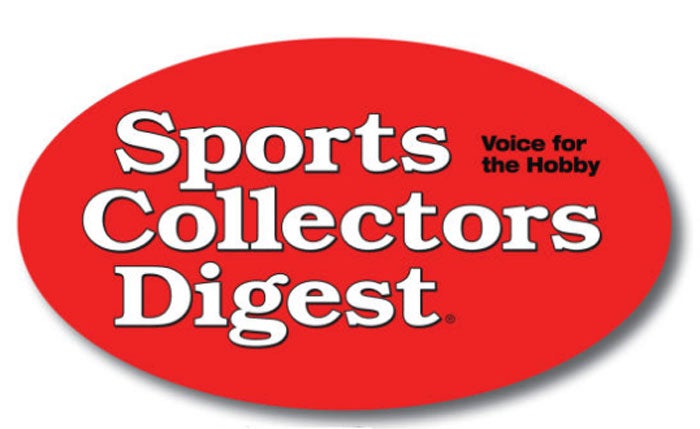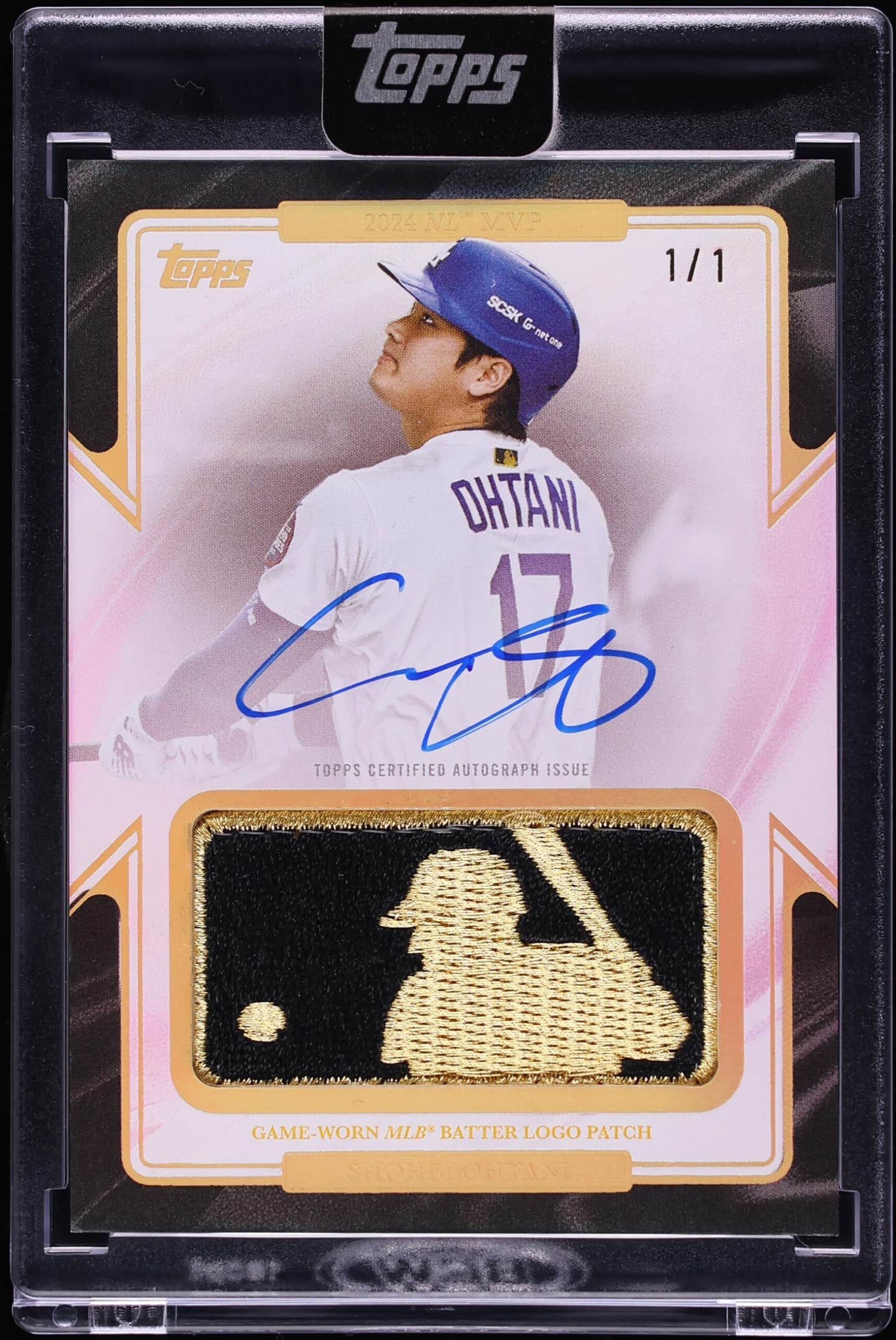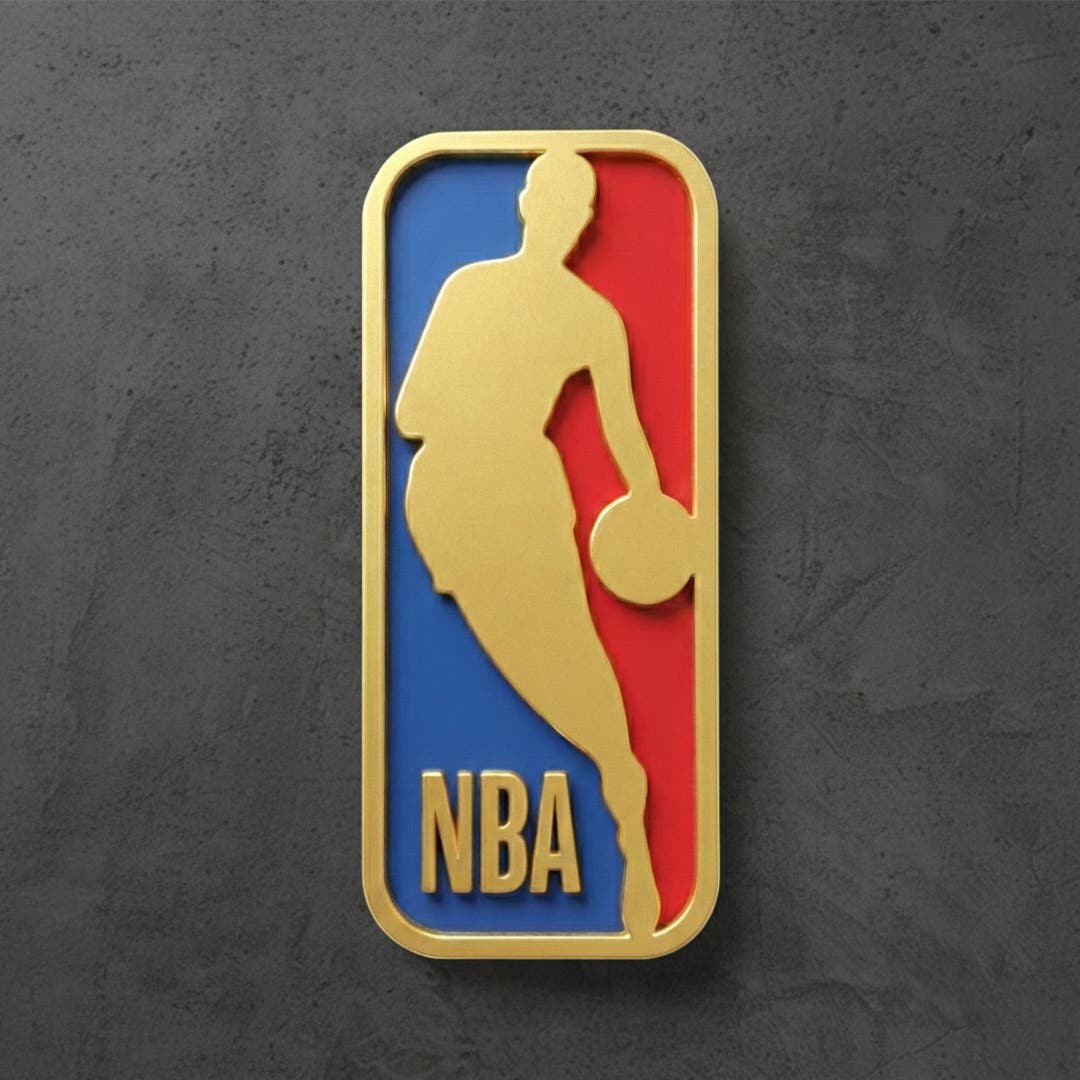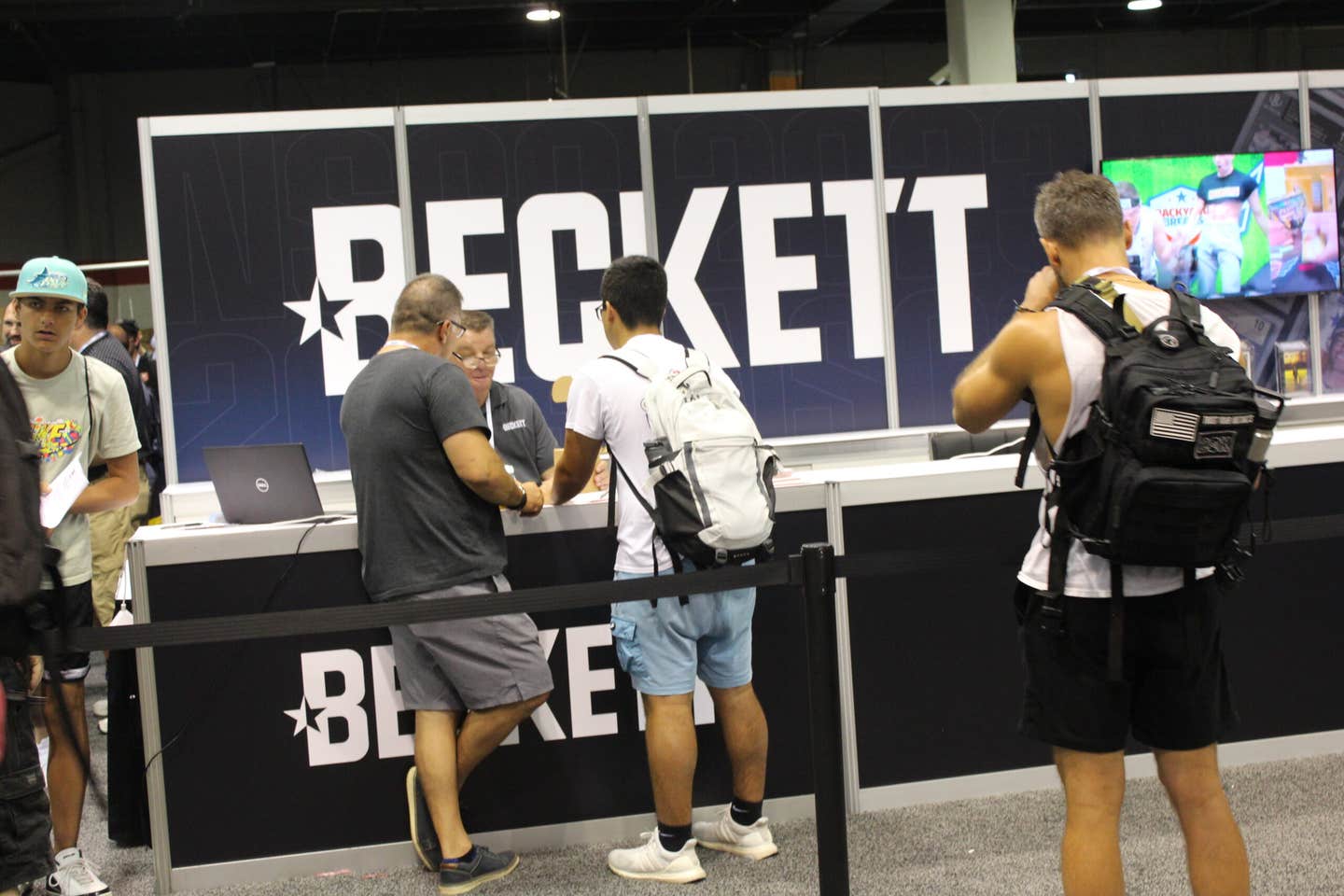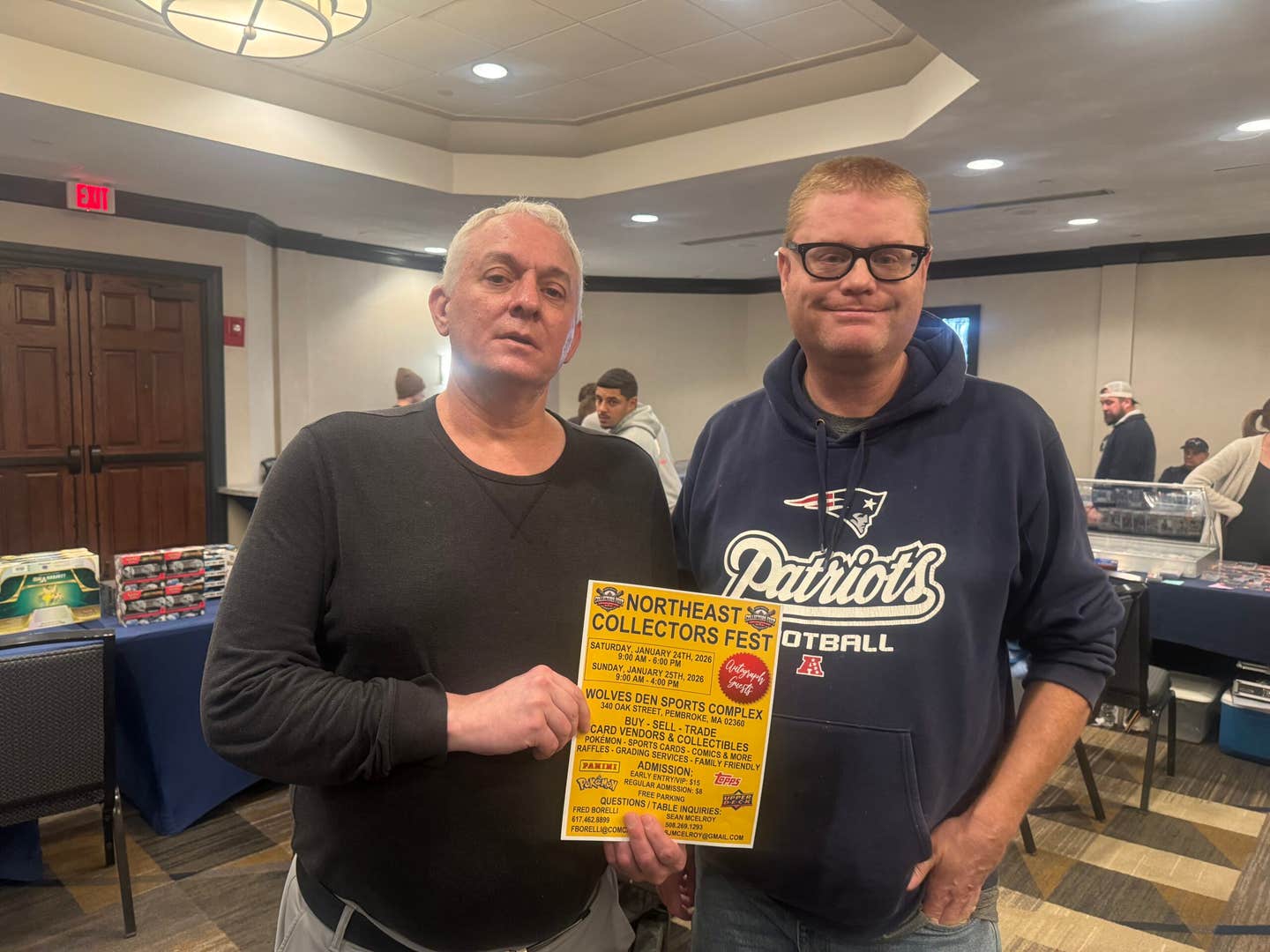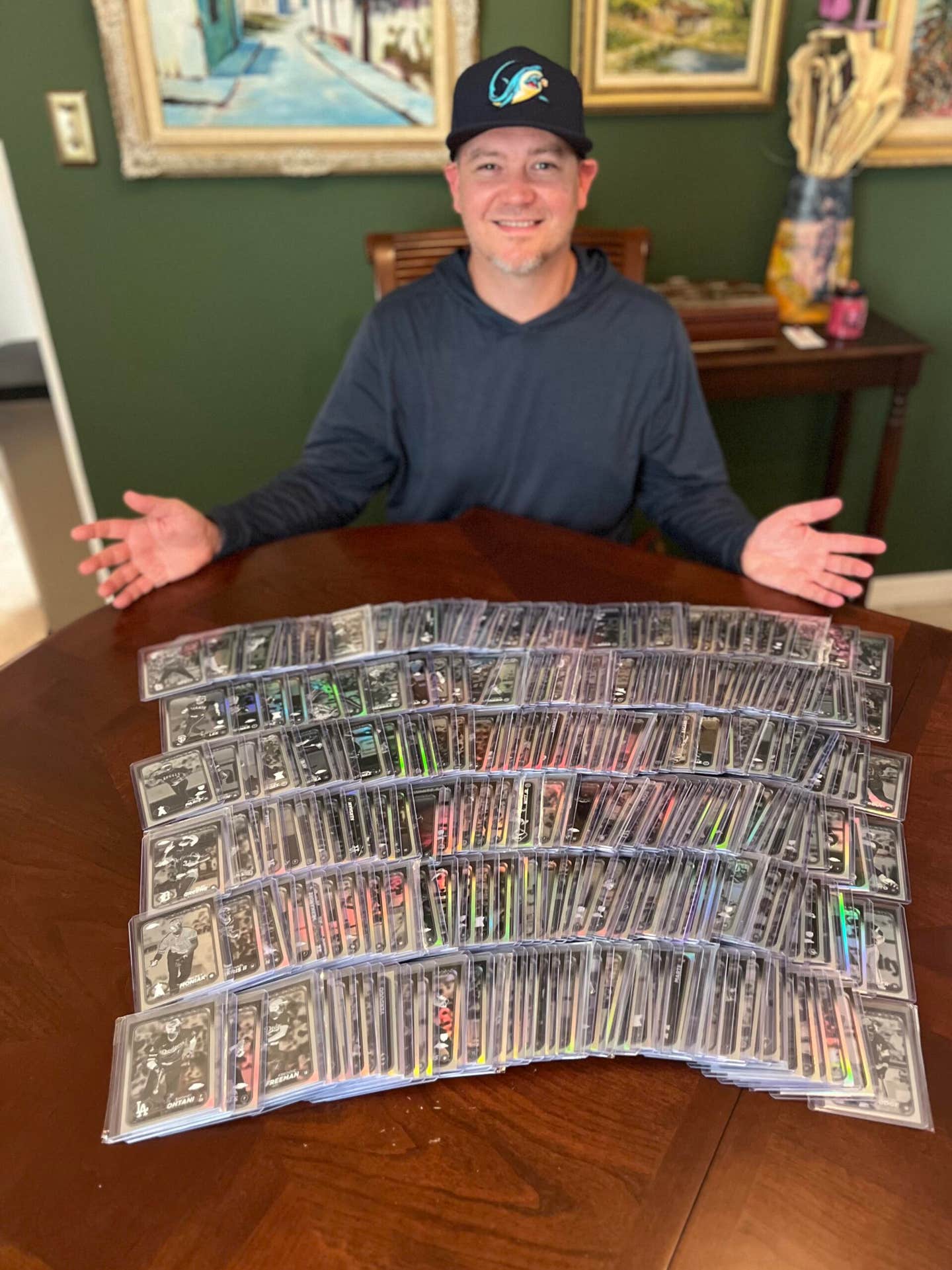Cards
Buying unopened packs can be a risky business …
An SCD subscriber sent me the picture you see here, illustrative of an ostensibly unopened box of 1971 O-Pee-Chee Baseball cards that he bought on eBay recently. As the image hints, the packs apparently weren’t all that uncirculated, and our subscriber ultimately got his money back.
It’s perfectly understandable that a hobby niche with such a particular allure would be actively pursued by the unscrupulous, but it’s also worth noting that the kind of malfeasance portrayed here doesn’t always end up being quite so blatant and outrageous as having stats written in ballpoint pen on the front of a poor condition Cookie Rojas.
As veteran hobbyists are aware, there are at least a couple of hundred “Christmas” themed rack packs that routinely circulate in the hobby that, while hardly as flagrant as the above-mentioned O-Pee-Chee ripoff, certainly raise a lot of eyebrows about their bona fides and lineage.
The so-called Christmas Racks sell online and even in conventional big-time catalog auctions, with a wide spectrum of careful descriptions provided. The most reputable companies are more than a little careful in their catalog descriptions; the rest of the gang uses language that ranges from the awkwardly circumspect to the ridiculous.
I get a kick out of some of the online descriptions, which in some cases exhort the winning bidder not to even consider opening the pack, noting that such an outlandish move would likely hurt the investment value. Translated: opening them would reveal that these are not uncirculated cards.
There are plenty of hints about the questionable heritage of these racks, not the least of which is the selling price, which while not typically chump change is rarely in line with what you would expect to pay for uncirculated vintage material.
Another telling point: the cards that are included in the racks are across several series, essentially unheard of in anything that Topps was involved in during those years (1952-63). If you need more, there’s also the curiosity of so many stars appearing in prominent “on top” position in the packs, frequently multiple Hall of Famers.
If you need more incriminating evidence, there’s also the recurring theme of those very same Hall of Famers being substantially off center. Obviously, given all the off-center cards that Topps produced during that span, finding them in racks would be expected, but hardly in the kind of overwhelming percentages found here.
I could add that a reasonable examination of the racks – I have seen several and looked at photographs of literally dozens – either screams or loudly mutters that these cards have some kind of a history in the hobby.

